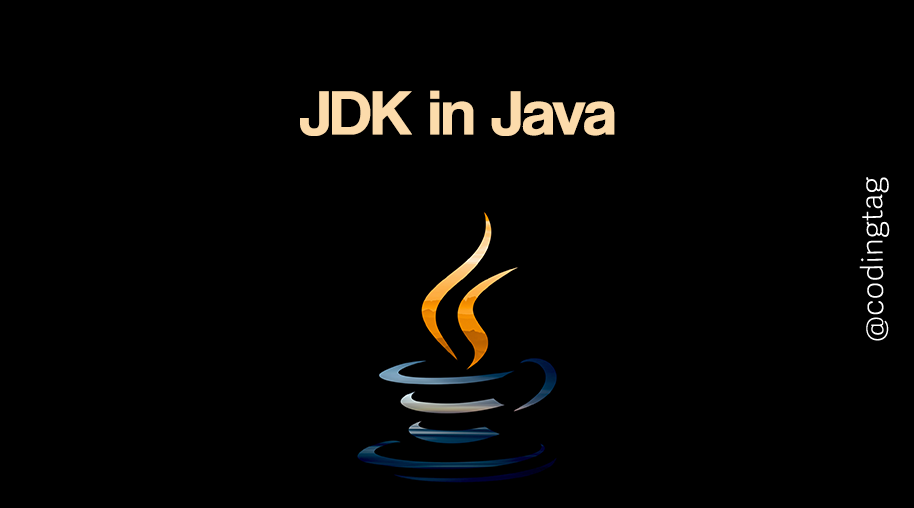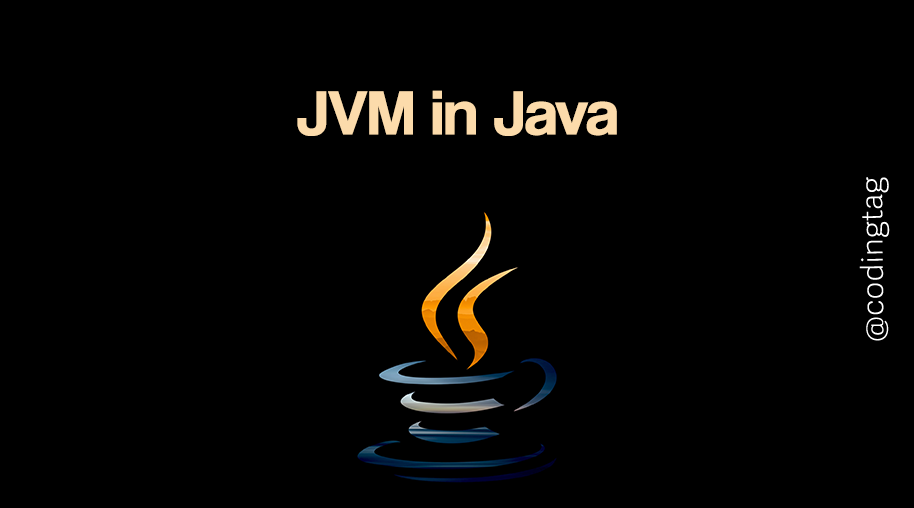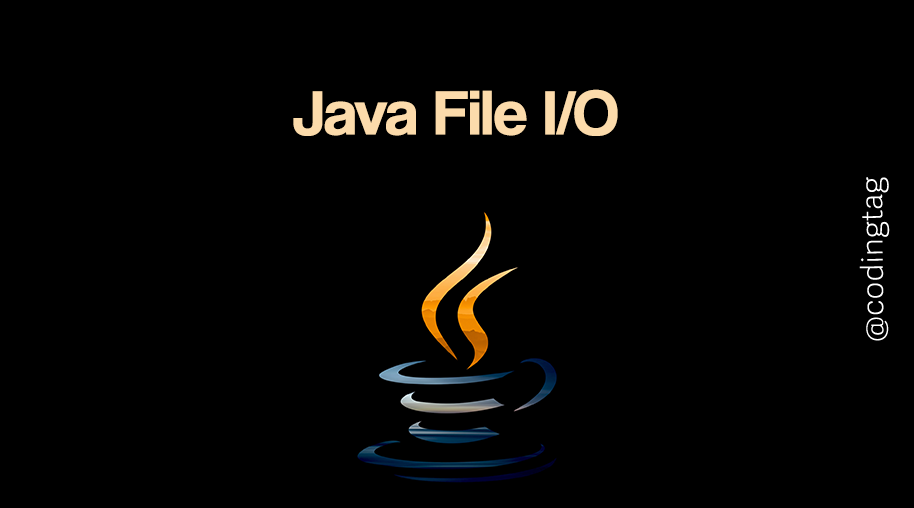Non-Primitive (Reference) Data Types in Java
0 736
Introduction
In Java, data types are divided into two broad categories: primitive and non-primitive. While primitive data types store simple values like numbers and characters, non-primitive (reference) data types are used to store more complex structures such as objects, arrays, and strings.
These types do not hold actual data but references (or memory addresses) to the objects stored in the heap memory.
What Are Reference Data Types?
Reference data types refer to memory locations where the actual data is stored. When you create an object, Java doesn't store the object itself in the variable, but instead a reference (or pointer) to it.
This allows for flexible and dynamic memory management in object-oriented programming.
Examples of Non-Primitive Data Types
- String – Used to store sequences of characters
- Arrays – Store multiple values of the same type
- Classes and Objects – Define blueprints and create complex data models
- Interfaces – Define abstract types for multiple inheritance
1. String
A String in Java is a class, not a primitive. Strings are widely used to handle text data.
String message = "Hello, Java!";
System.out.println(message);
Although they look like primitive types, Strings are objects with powerful built-in methods such as length(), charAt(), and toUpperCase().
2. Arrays
Arrays allow you to store multiple values of the same data type under a single variable name.
int[] numbers = {10, 20, 30, 40};
System.out.println(numbers[2]); // Outputs 30Arrays are objects in Java. Once created, their size is fixed, and they can store both primitive and reference types.
3. Classes and Objects
A class in Java is a blueprint from which individual objects are created. These objects are reference types.
class Student {
String name;
int age;
}
public class Main {
public static void main(String[] args) {
Student s1 = new Student();
s1.name = "Amit";
s1.age = 22;
System.out.println(s1.name + " is " + s1.age + " years old.");
}
}
Here, s1 is not the actual object but a reference to the object stored in memory.
4. Interfaces
Interfaces are abstract types used to specify behavior a class must implement. Like classes, interfaces are also reference types.
interface Drawable {
void draw();
}
class Circle implements Drawable {
public void draw() {
System.out.println("Drawing a circle.");
}
}Key Differences Between Primitive and Reference Types
| Aspect | Primitive | Reference |
| Stores | Actual value | Memory address (reference) |
| Memory | Stack | Heap |
| Size | Fixed | Flexible |
| Examples | int, float, char | String, Array, Object |
Default Values for Reference Types
When you declare a reference type variable but don’t initialize it, Java assigns it the default value of null.
String str;
System.out.println(str); // This will throw a compile-time error if str is not initializedConclusion
Non-Primitive (Reference) Data Types in Java play a vital role in building real-world applications. They provide the flexibility to model data in complex forms, such as objects, strings, arrays, and more.
Understanding how references work helps you manage memory effectively and avoid common pitfalls like null pointer exceptions.
If you’re passionate about building a successful blogging website, check out this helpful guide at Coding Tag – How to Start a Successful Blog. It offers practical steps and expert tips to kickstart your blogging journey!
For dedicated UPSC exam preparation, we highly recommend visiting www.iasmania.com. It offers well-structured resources, current affairs, and subject-wise notes tailored specifically for aspirants. Start your journey today!

Share:







Comments
Waiting for your comments